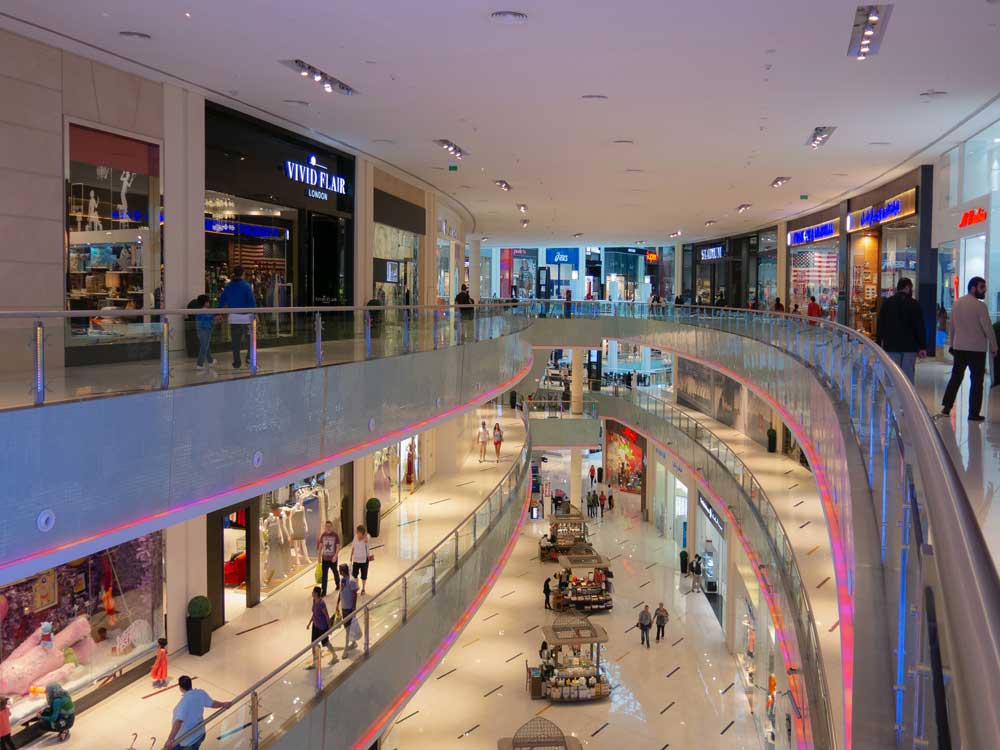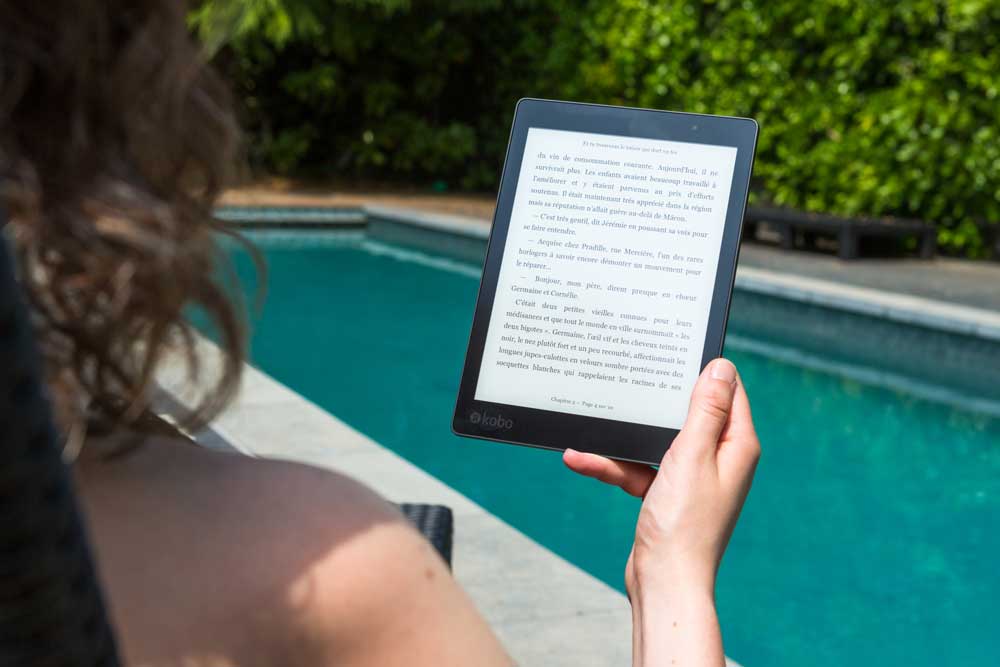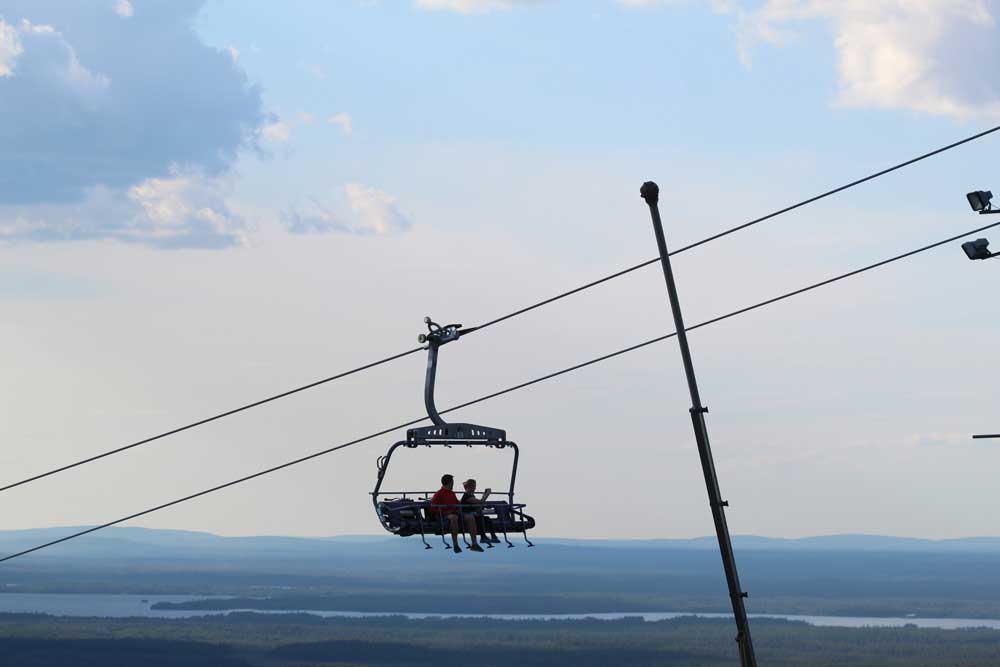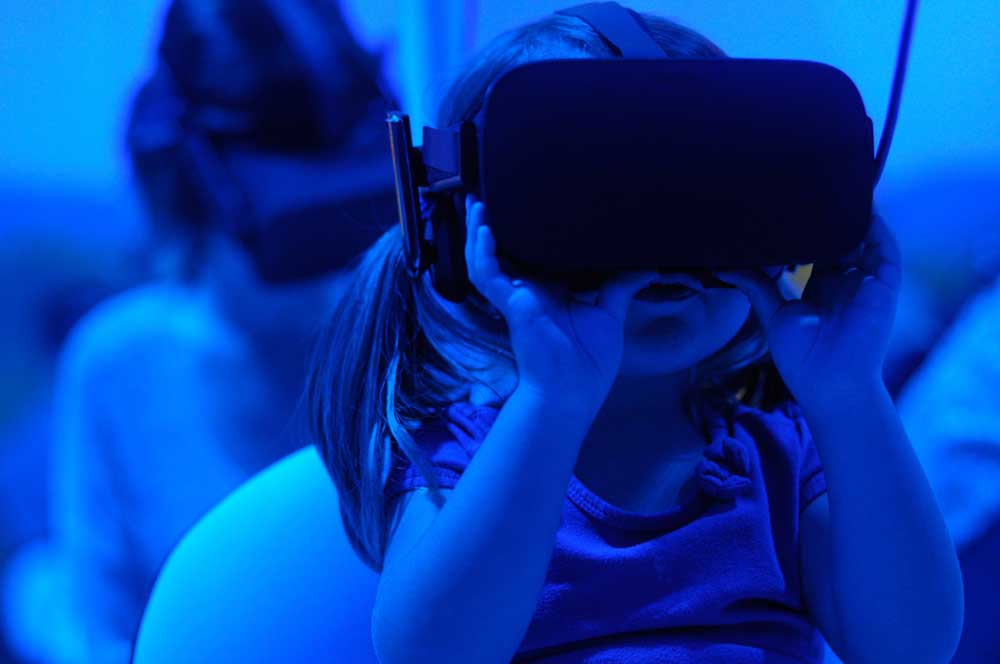As we head into autumn it’s encouraging to see that not only are the UK’s shopping areas open but that also the majority of public libraries have reopened and are offering some level of ‘normal’ service.
But the Covid-19 pandemic, which over the past year and a half has changed so much that we previously took for granted, has inevitably had a profound impact both on retail and on public library services. You might at first wonder why I group the two together? Both sectors have experienced similar challenges during the various phases of lockdown and recovery, having to rely heavily on their online offer and then deal with the challenge of reopening with a ‘Covid-safe’ environment for their customers and staff.
Visiting London’s West End shopping area last month for the first time in nearly two years, I found everywhere still noticeably less busy. At the same time, library services up and down the country are trying to recover their role as a safe, welcoming place in the community and offer a range of services that assist daily living, learning and recreation: users have returned, but generally not yet in the same numbers as before.

In my April 2021 blog I asked what will be the ideal location for a public library post-Covid? Surveys of library use usually reveal that shopping is the activity people most often combine with a visit to the library and I suggested that “maybe in some instances a library service could be provided from one of those empty retail units and help to recreate a sense of community”.
But leaving aside the potential benefits of physical proximity, this month I want to ask whether public library services could be learning more from how the retail sector is reacting to changes in patterns of use.

A recent article The experience replacing closed High Street stores describes the radical approach to reusing one former department store site: “I’m taking a spin on a go-kart track with a difference. It’s the old beauty hall of the Debenhams store in south-west London. The escalators are the only trace of the former department store which remain. All four floors are now being transformed into a high-tech entertainment venue”. So go-karts in the library are the solution? Even I wouldn’t go quite that far, but what stands out for me here is the word ‘experience’.
The June 2021 issue of the CILIP journal (the UK’s library and information association) included an article by David Lindley of Designing Libraries, that discussed Learning from Retail. He suggests that “The future of retail looks like a growing interaction between digital and physical spaces providing a different experience for the customer. There is a parallel here with how libraries are changing”. Notice again that word ‘experience’.

Undoubtedly, if it’s not inappropriate to talk about a pandemic having ‘benefits’, then one of those would be the greatly enhanced focus on public libraries’ online and digital offer. Libraries everywhere responded to this, some more innovatively with fresh ideas including online story-times and workshops, others re-packaging their online offer to make it more readily accessible.
David Lindley observes that, “Post-pandemic we will need something different that will lose nothing of what we have gained in the digital sphere but at the same time re-envision the library’s physical space”. He also quotes from another valuable article written earlier this year, Designing Libraries in the 21st Century – the next 20 years? by Sarah Godowski of Bisset Adams, the architect and brand consultants who developed the Idea Stores concept in Tower Hamlets and have since designed many libraries and other public and commercial spaces. Sarah suggests that “The retail paradox is that greater digital presence requires something different on the high street to attract footfall and brand loyalty; pre-Covid, weariness with an online existence put the focus on offering experiences, particularly to the millennial generations”.

Yet another reference to, ‘experiences’. So is it time to re-envision the local library as ‘a place where things happen’? Do we need to think about re-designing the library space and then programming it so that it is always buzzing with life and activity? So that each time people visit they see something fresh happening? “What did you do at the library today?” ought to become a standard question … and have an interesting reply!
Anticipating the objections from the doubters who prefer a hushed library space – often as they remember it from their youth – I say:
- Yes of course there will always be a need for a quiet study area, especially for those who lack that at home, but train companies offer a quiet carriage so it shouldn’t be beyond the ingenuity of libraries to zone their spaces.
- And yes, some people will still want to visit mainly to borrow a book or use a computer, but that needn’t mean they can’t at the same time enjoy the library ‘experience’.
- And in answer to “We don’t have enough room to do this” I make the daring suggestion that perhaps your library has too many bookshelves? How much display space is needed for the books people actually make use of?

The model emerging for retail recognises that people will continue to do a lot of their purchasing via online ordering. So the physical store has to be a place where people come to experience what’s on offer, see it, handle it – perhaps also enjoy coffee or lunch – then when they’re sitting at home later they will order more online.
Isn’t there then also an opportunity for the public library to be a place to go and experience what’s on offer? Yes to borrow, study or enquire, but a showcase for the online offer which people can access at any hour of the day or night from the comfort of their settee.

This month’s conclusion? “Interactive spaces, initiatives to create customer loyalty and a real sense of belonging will be the future of both retail and libraries” (Lindley).
Geoff Allen is a senior associate consultant with Activist Group. The views expressed in this blog are his own and do not necessarily reflect the opinions of Activist.
